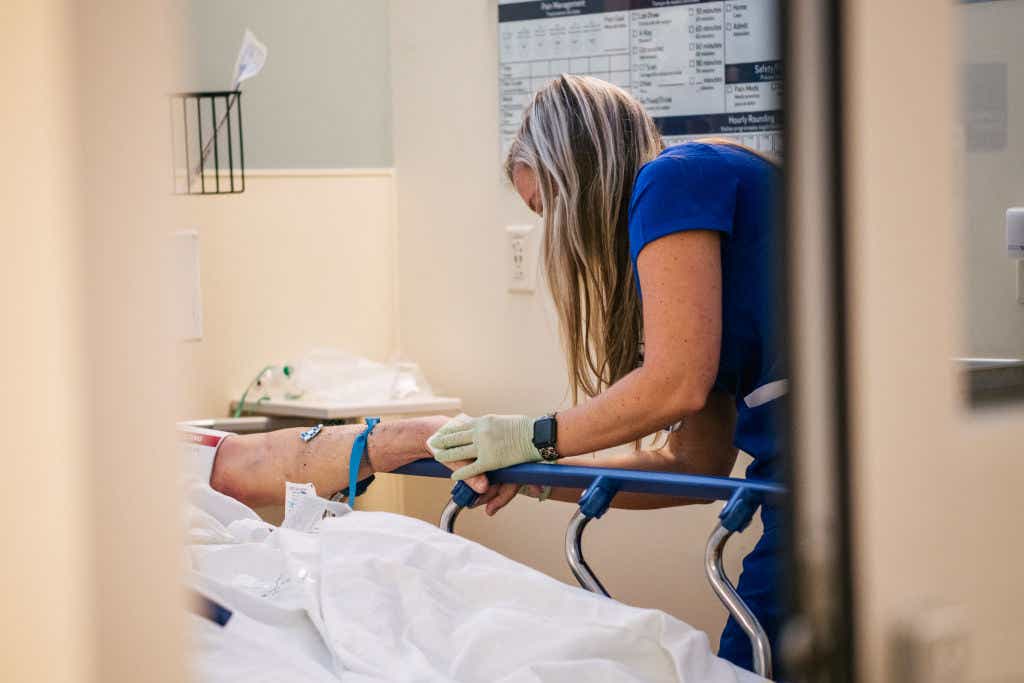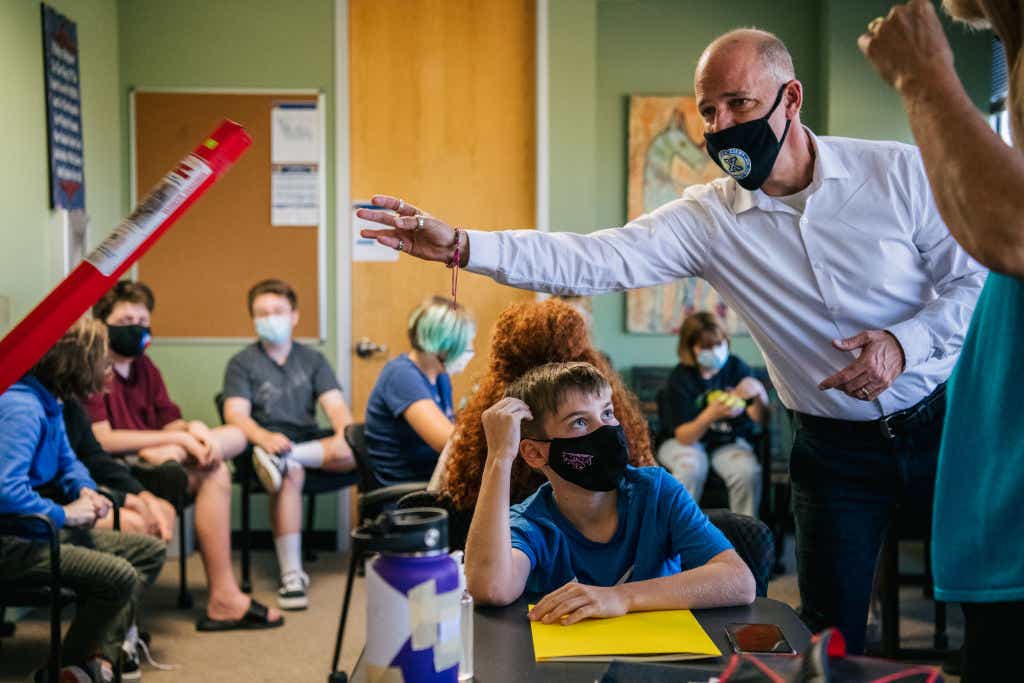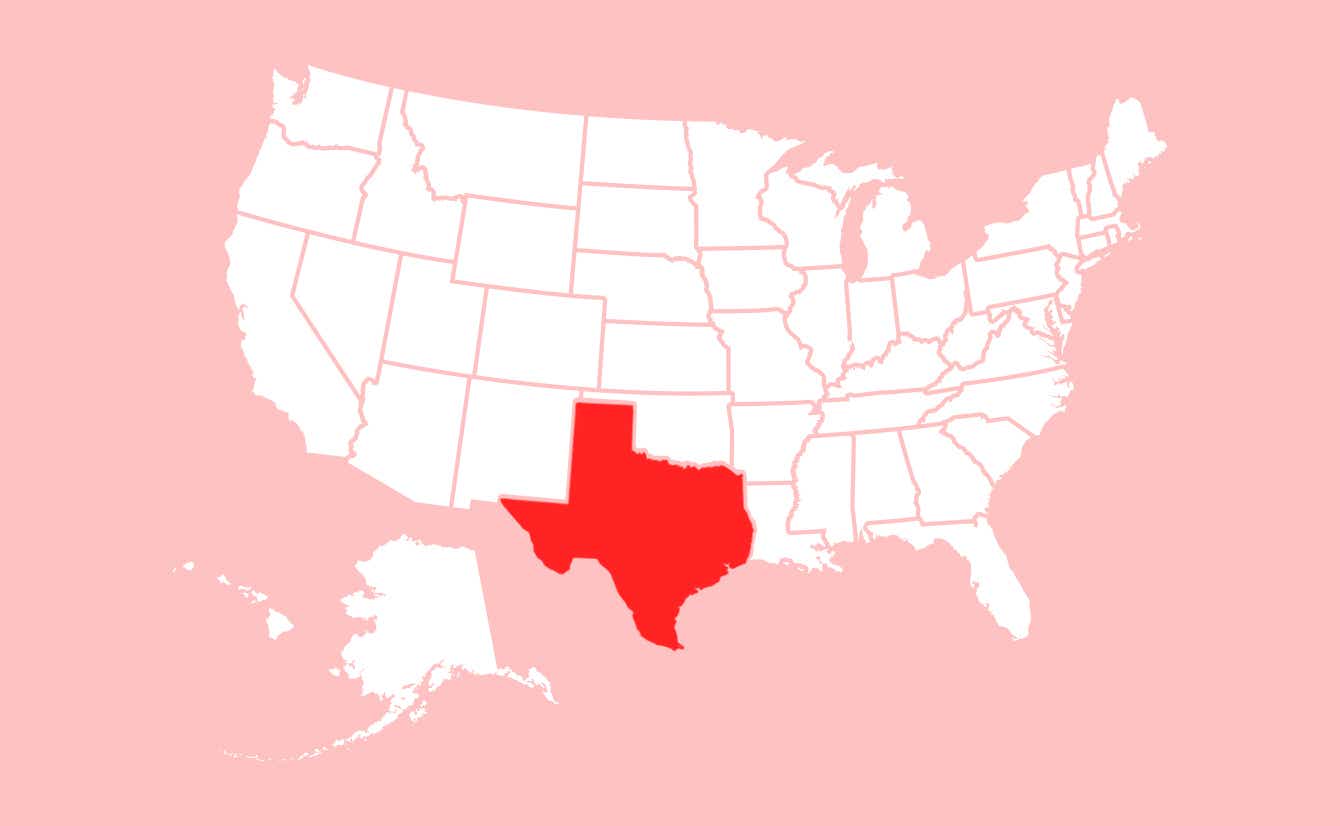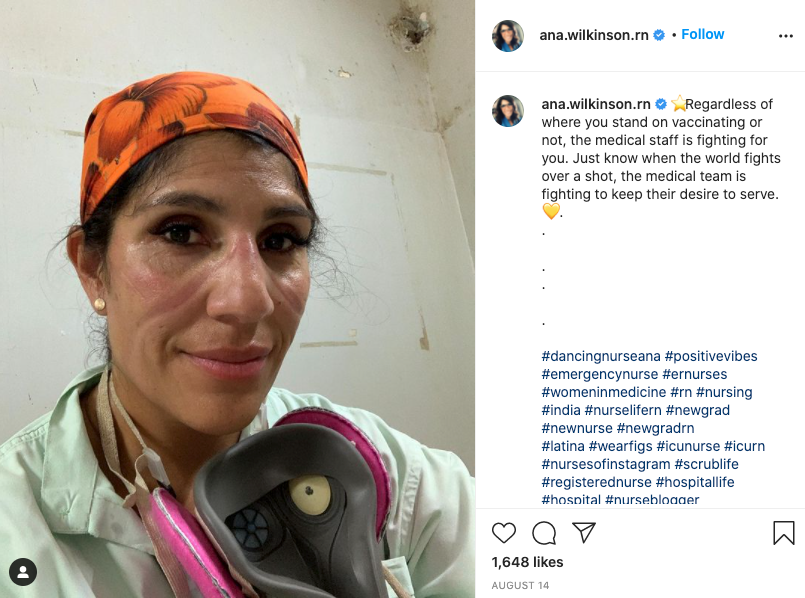ER nurse Ana Wilkinson has taken bedside manner to a whole new level. She’s traveled the world treating coronavirus patients and is better known as the “dancing nurse” on social media, for her tendency to use her moves to help cheer patients up.
We first started following Wilkinson’s journey at the height of the pandemic in April, when she canceled a family trip to fly to New York City to treat Covid-19 patients for six weeks. Her firefighter husband and two young sons supported her passion to help others during the pandemic…even if it meant taking her far away from her home in San Diego, California.
We caught up with Wilkinson, who’s currently volunteering on the front lines in another hard-hit area: Eagle Pass, Texas. The state recorded more than 400 deaths on Thursday, breaking its daily record for the first time since January. This comes as more hospitals report a shortage of ICU beds than at any other time since the pandemic first hit.
This crisis comes on top of a serious nursing shortage: There are 23,000 more unfilled jobs in Texas for registered nurses than there are nurses seeking to fill them, according to a labor analysis by the Texas Workforce Commission. Hospital staff in the state believe burnout is largely to blame — after battling Covid-19 for almost two years now, nurses are exhausted. Few understand this better than Wilkinson, who’s been working six days a week for 12 hours or more a day, just to keep up. Since the nearest hospital is two hours away in San Antonio, the emergency room is constantly overwhelmed with Covid and trauma patients.
Like many health officials in Texas, Wilkinson warns that the current spike could be just the beginning. She worries that many Texans still aren’t taking the pandemic seriously, despite the fact that it has led to more than 59,000 deaths in the state alone. She attributes this to Gov. Greg Abbott’s decision to lift the statewide mask mandate in March — and to the overall rise of misinformation. “Unfortunately, people are still not vaccinated or think that COVID is a hoax,” she said.

She said 99% of her patients dying from Covid-19 related complications are unvaccinated. In Texas, 48 percent of the population — roughly 14 million people — have received both shots. She also bemoaned the fact that the state still allows Covid-19 patients to receive in-person visits as long as health professionals deem it safe. “This will increase our COVID numbers, as they’re prone to carry the virus and infect others,” she said of the visitor rule.
This isn’t Wilkinson’s first stint in Texas — she previously answered calls for help twice before. But between those two tours of duty, she contracted the coronavirus in December. Though she has long since recovered, she still remembers it as a terrifying experience and still suffers from some of the long-term effects, including difficulty breathing. “I didn’t think it would affect me much, just because I’m a runner — I work out, I take care of my body, but it affects everyone.”
But there is one notable difference she’s seeing this time around: most of the coronavirus patients coming into the ER are in their 20s. “Covid doesn’t discriminate,” she said. “It just picks you.” She believes the best thing people can do at this point is to get vaccinated and continue to wear a mask, especially in light of coronavirus cases rising among kids as schools return to the classroom. So far, 321 kids in Texas are in the hospital with Covid-19. This is also a problem nationwide: children now make up more than a quarter — or 27% — of weekly cases nationwide.
“We don’t know much about Delta variant and now it’s affecting our children,” she told us. “We should keep wearing our masks.”

Wilkinson saw firsthand the toll the virus can take on kids during a self-funded medical mission to India in May, an experience she found especially heartbreaking. “I can still hear the parents screaming when their child died,” she said. “These cases hit me harder as I am a parent, but parent or not, children are innocent, and seeing them die was a lot to handle.” Her trip came just a month after the country became a global hotspot for the coronavirus. At one point, India saw more than 300,000 new cases every day for two weeks straight — and the country is already preparing for a possible third wave.
As far as whether Wilkinson will return to India, only time will tell. She doesn’t have current plans to travel abroad, but hopes to save up and try to go again next year if possible. “I would love to go abroad and help other countries and bring awareness about different diseases and cultures,” she said. “That would be my dream job.”










